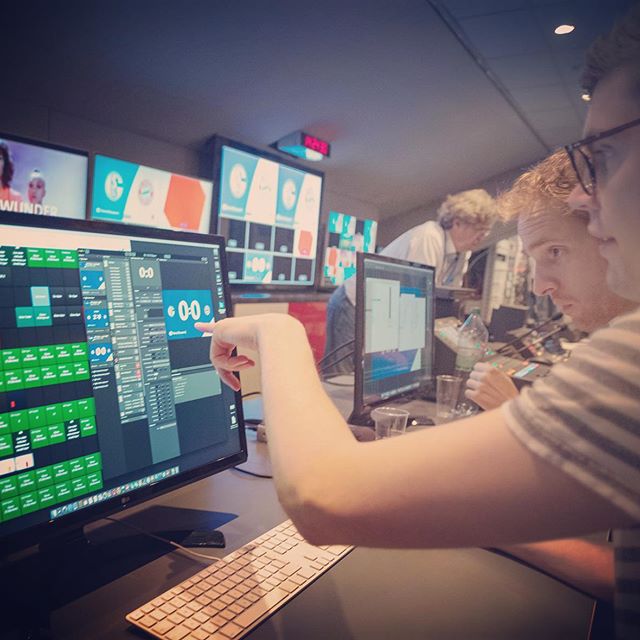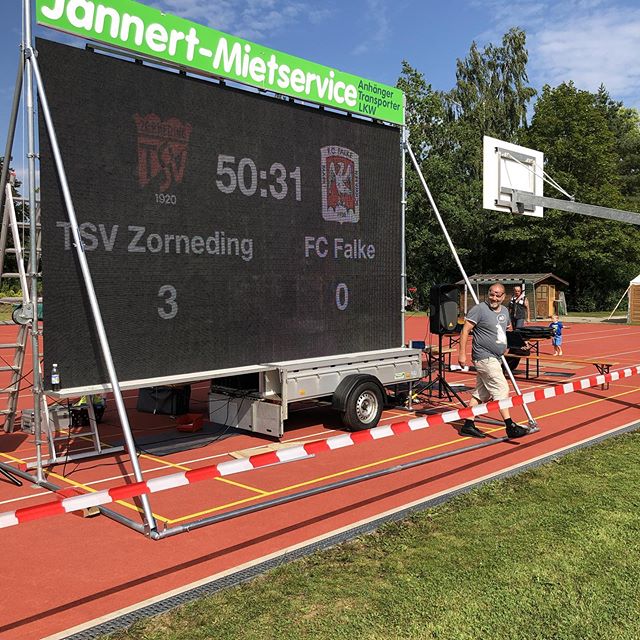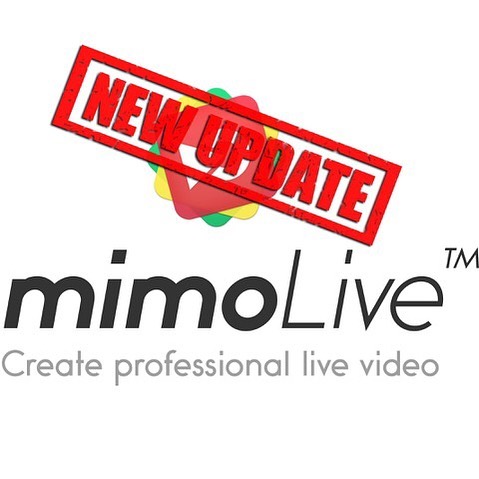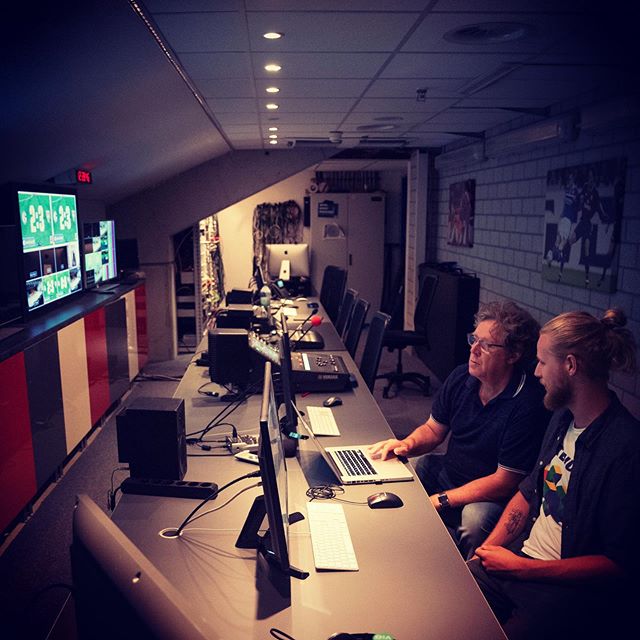Every student’s strengths lie in a different area, just as every creative mind has something different to share with the world. At Churchill School, a K-12 school for students with learning disabilities, alternative learning methods are celebrated, and teachers including Wendy Semsel work with students to spark the learning process in innovative ways.
Wendy is a technology integration specialist, and she works with all of the school’s classes from kindergarten to 8th grade. Among other programs, she chose iStopMotion for iPad as part of her curriculum.
“Technology and alternative assessment can be critical for my students, who do not generally do well with traditional testing and writing,” she says. “My students benefit from technology in several different ways, which I divide into categories of getting information, giving information, and also skills practice. The read aloud features of Apple computers and iPads are critical for my students to access information. Technology also allows us to differentiate instruction in reading and math, areas of weakness for our students. Projects like stop motion allow students to demonstrate understanding of concepts while using their artistic and expressive strengths.”
Recently, Wendy teamed up with Churchill’s 7th grade art teacher to create a project that would help students work with these concepts. They chose a fitting theme of spring and summer, as they wanted to do something fun for the last few weeks of school. Although each of Wendy’s projects follow a different workflow, teamwork is the main focus. The students must agree on who will be doing which job, some including director, camera person and prop mover. Wendy knows that it is a great opportunity to work on team skills in addition to storytelling, art and music. For more lesson-based projects, such as retelling a different story, Wendy asks her students to go through the story and list all of the characters, do short character descriptions, list and draw the backgrounds, make the characters, storyboard and then film the story. If time allows, the class works together on soundtracks in Garageband to add to the stories.
For the spring- and summer-themed projects, students came up with some great ideas. Some included a baseball game, a group of kids jumping into a pool, a wave crashing over a group of people enjoying water sports and an ice cream cone splatting on the ground.
Wendy’ colleague at Friends Seminary School, Judith Seidel, also uses iStopMotion with her students in her technology integration elementary classes. Wendy and Judith love iStopMotion for its ease of use, but also for the onion skin feature, which makes it easy for their students to know how far to move characters and props on the screen. Since Friends Seminary added iPad sets to each classroom, Judith has held summer workshops for her classroom teachers on iStopMotion animation. Wendy and Judith have many conversations on the best ways to use iStopMotion in the classroom, particularly about the right way to use a tripod with iPads so you can get the iPad to face down without drooping!
Wendy is moving to a 1-1 iPad program at Churchill’s elementary school, which means that each student will be provided with an iPad to use for classroom projects. This will make her school 1-1 with iPads from kindergarten to 8th grade and the high school 1-1 with MacBook Airs. She is looking forward to the shift, along with the many new iStopMotion projects that are sure to come her way.










